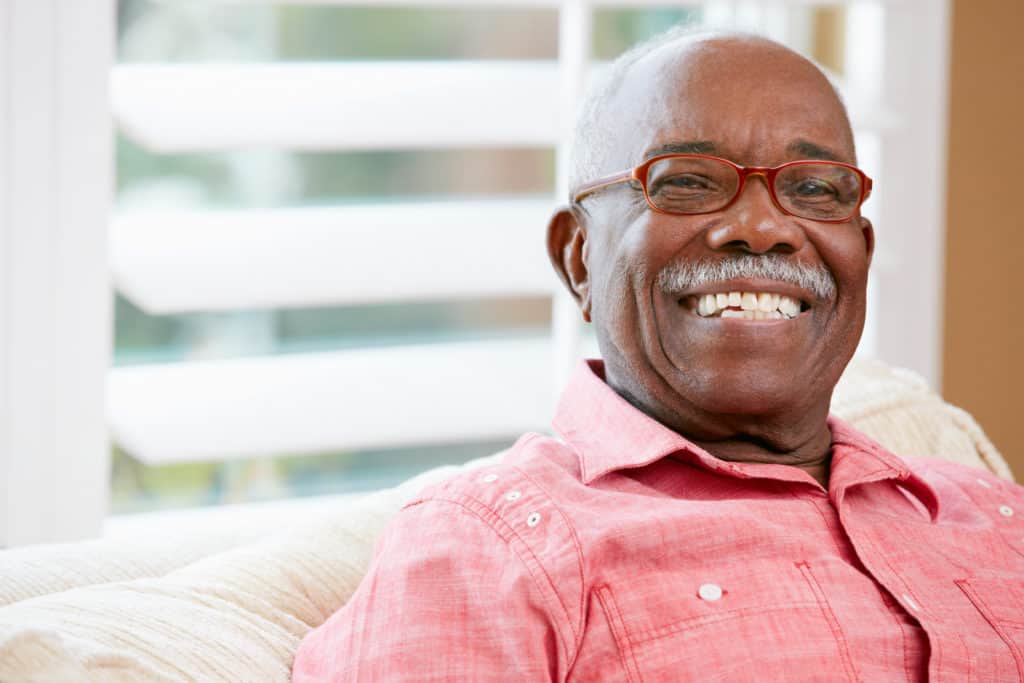Attention readers: This is the first part of a two-part blog post. Sign up here to receive the Selene River Press newsletter so you don’t miss the second part of “The Longevity Secret,” which includes nourishing anti-aging techniques.
Have you perchance noticed that anti-aging products and services are one of the fastest growing markets, not just in the United States but globally?
In just one of the many reports available on the topic, Nasdaq Global Newswire reports:
“Albany, NY, May 21, 2015 (Global Newswire)—A new report titled ‘Anti-Aging Market—Global Industry Analysis, Size, Share, Growth, Trends and Forecast 2013 – 2019’ [shows] the anti-aging market is poised for a healthy compounded annual growth rate of 7.8% between 2013 and 2019 and is projected to be worth USD 191.7 billion by 2019. This new report, published by U.S.-based market research firm Transparency Market Research, encapsulates key trends, revenue from products and services, geographical growth areas, and more.”
I can’t help but envision a steep mountain, with thousands of us clawing to get to the pinnacle of the longevity secret. And guess what? We just don’t want the answers tomorrow, we want them NOW! Are you in that group of worriers striving to stay younger and fitter—and, yes, desiring a longer and healthier life?
If yes, let me first say that you won’t find longevity in a bottle of the latest and greatest pills and potions. Rather, you can find it free of charge, wrapped in better health, deeper sleep, and possibly in one of the happiest and most peaceful times of your life. You can choose to use it or discard it. The choice is 100% yours! Read the following and see if you too would like to attempt a smoother journey to the top of your mountain.
Okay, I’m Game—Tell Me More
Let’s first and foremost explore what Hans Selye (1907–1982), a famous doctor and scientist, had to say about anti-aging. Selye wrote a book proposing that we bring about that fleeting dream of youthfulness and thus stay around longer than we would otherwise. In that book, The Stress of Life, he carefully, scientifically, and medically outlines the core issues of anti-aging. This is a secret that I hope you, like me, will find incredibly life changing.
Who Was Hans Selye?
“Hans Selye (Selye János in Hungarian) was born in Komarno, Slovakia (at that time Komárom, Hungary), in 1907. Selye attended school at a Benedictine monastery, and since his family had produced four generations of physicians, entered the German Medical School in Prague at the age of 17, where he graduated first in his class and later earned a doctorate in organic chemistry. As a medical student, Selye observed that patients suffering from different diseases often exhibited identical signs and symptoms. They just ‘looked sick.’ This observation may have been the first step in his recognition of ‘stress.’ He later discovered and described the General Adaptation Syndrome, a response of the body to demands placed upon it. The Syndrome details how stress induces hormonal autonomic responses and, over time, these hormonal changes can lead to ulcers, high blood pressure, arteriosclerosis, arthritis, kidney disease, and allergic reactions. His seminal work, ‘A Syndrome Produced by Diverse Nocuous Agents,’ was published in 1936 in Nature. Selye’s multifaceted work and concepts have been utilized in medicine and in almost all biological disciplines from endocrinology to animal breeding and social-psychology.”
—Paul J. Rosch, MD, FACP, “Reminiscences of Hans Selye, and the Birth of ‘Stress,’” American Institute of Stress
Oh No—Not Another Stress Article!
Well, yes and no. We all know that stress is bad for us. but until I sat, spellbound, with this 461 page book, I simply didn’t know that Selye proved beyond any doubt—in his own experiments, hundreds of articles, and several books—that stress is about how rather that what. Most other articles only talk about the effects of stress and its dastardly deeds.
His work for many years was met with serious criticism, and yet he persevered and published medical, scientific findings showing how we assume this little thing called stress is simply a normal part of life, and how we erroneously think we can get rid of stress with a two-week vacation. But, in fact, we cannot rest our stress away! Consequently, it comes to have a profound cumulative effect not only on how long we live (barring unavoidable accidents) but also on how well we live.
Allow me to quote the essence of this masterpiece, and then I’ll go on to his key suggestions for reaching the illusive youthfulness we all desire:
“Now, in discussing my experiments, I have often had occasion to point out that aging, at least true physiologic aging, is not determined by the time elapsed since birth, but by the total time of wear and tear to which the body has been exposed. There is indeed, a great difference between physiologic and chronologic age. One man may be much more senile in body and mind, and much closer to the grave, at forty than another at sixty. True age depends largely on the rate of wear and tear, on the speed of self-consumption; for life is essentially a process which gradually spends the given amount of adaptation energy that we inherited from our parents. Vitality is like a special kind of bank account which you can use up by withdrawals but cannot increase by deposits. Your only control over this most precious fortune is the rate at which you make your withdrawals. The solution is evidently not to stop withdrawing, for this would be death. Nor is it to withdraw just enough for survival, for this would permit only a vegetative life, worse than death. The intelligent thing to do is to withdraw and expend generously, but never wastefully for worthless efforts.”
—Hans Selye, The Stress of Life, p. 428 (all emphasis mine)
Personal note: As I understand this profound explanation of how we spend our life, those withdrawals he talks about include the many times we stress and worry over useless things we cannot control. It also includes those long hours we spend in the pursuit of materialistic things we want but don’t necessarily need. When we do so with almost no letting up, our lifestyles allow for poor nourishment and myriad other things that cause us to stress and therefore withdraw from the few precious years we may have. Hopefully, you’ll agree that this isn’t just another article on stress! (It was rather a rude awakening for me, and hopefully for you too.)
Making the Most of the Rest of Your Life
I found Selye’s description of what he calls the “triad” particularly interesting. Another expert on the issues of wellness, Mark Anderson of Standard Process, offers an extraordinary two-hour presentation of research on the immune system titled The Triad. This set of two audio CDs is a very interesting discussion of three critical supplements that Dr. Royal Lee created for the support of the immune system, and it will no doubt help you in your pursuit of a better, happier, and longer life.
In the case of Hans Selye, his studies of the triad consist of the adrenal glands, thymus glands, and gastrointestinal disorders that are primarily damaged due to excessive stress. This damage may bring about not just shortness of life but other disorders such as heart disease, cancer, arthritis, and many other illnesses we know of so well but never really understand how they come about!
The Triad of Hans Selye
Click here for an excellent summary of stress and emotional health by Hans Selye.
Where to Start the About Face?
In my recent blog post “End of Year Review,” I discuss what taking stock of your life should look like. I’ve also written many blog posts on what you can do to reduce your daily stress, improve your diet, and avoid the rush of living outside the normal dictates of the natural law. For the most part, this centers on living in moderation, both in terms of how much time we spend earning our livelihood and how much time we make for those special things that bring us what Selye calls EUSTRESS. Laughter, by the way, is one of my favorites.
“So, any time we are out of our comfort zones but working towards something bigger, or feel excited or challenged in a good way, eustress is at work. Without eustress our lives would be pretty dull—and hard work!
“It really is all in the mind. Whether something is considered eustress or distress depends on 1) our reaction to the stimulus AND 2) how in control of a situation we feel. For example, networking could be considered eustress for some people (who consider it fun or a challenge) and for others it may feel DIStressing. Or we may feel eustress if we asked for a promotion and start a new, more challenging role. But we may feel DIStress if we are told we MUST perform a role which we don’t feel equipped to do well.”
—“9 Real-Life Examples of Eustress,” TheCoachingToolsCompany.com
The Main Anti-Stress Recommendation of Hans Selye
In conclusion, I’d like to share Selye’s recommendation for reducing stress and making sure your life is well-lived: get in touch with the phenomenon that exists all around us, in the natural world, which opens us to new beginnings. Sitting quietly to contemplate a starry sky on mid-summers night and enjoy the natural beauty that surrounds us is an elixir of wellness for restoring life to its proper norm. Why not give it try? And while you’re at it, laugh a lot!
[xyz-ihs snippet=”Begin-Authors-Note”]Afterthoughts from the Traditional Cook
“Life Begins at Seventy”
Psalm 90:10: “Threescore years and ten…”
Between the ages of 70 and 83 Commodore Vanderbilt added about 100 millions of his fortune. Oliver Wendall Holmes at 79 wrote Over the Teacups. Kant at 74 wrote his Anthropology, Meta-Physics of Ethics, and Strife of the Faculties. Tintoretto at 74 painted the vast Paradise, a canvas 74 feet by 30. Verdi at 74 produced his masterpiece, Othello; at 80, Falstaff, and at 85, the famous Ave Maria, Stabat Mater, and Te Deum. Lamarck at 78 completed his great zoological work, The Natural History of the Invertebrates. Cato at 80 began the study of Greek. Goethe at 80 completed Faust. Tennyson at 83 wrote Crossing the Bar.
Titian at 98 painted his historic picture of Battle of Lepanto.
—The Golden Book
This poem is found on page 12 in a book I have titled “The Treasure Chest” Copyright in 1965 by Charles L. Wallis. Library of congress card number 65-15395.
[xyz-ihs snippet=”End-Authors-Note”]
Note from Maria: I am a Certified Natural Health Professional, CNHP, not a medical doctor. I do not diagnose, prescribe for, treat, or claim to prevent, mitigate, or cure any human diseases. Please see your medical doctor prior to following any recommendations I make in my blogs or on my website.
Images from iStock/diego_cervo (main image), Wavebreakmedia (stressed business man), monkeybusinessimages (smiling man).



